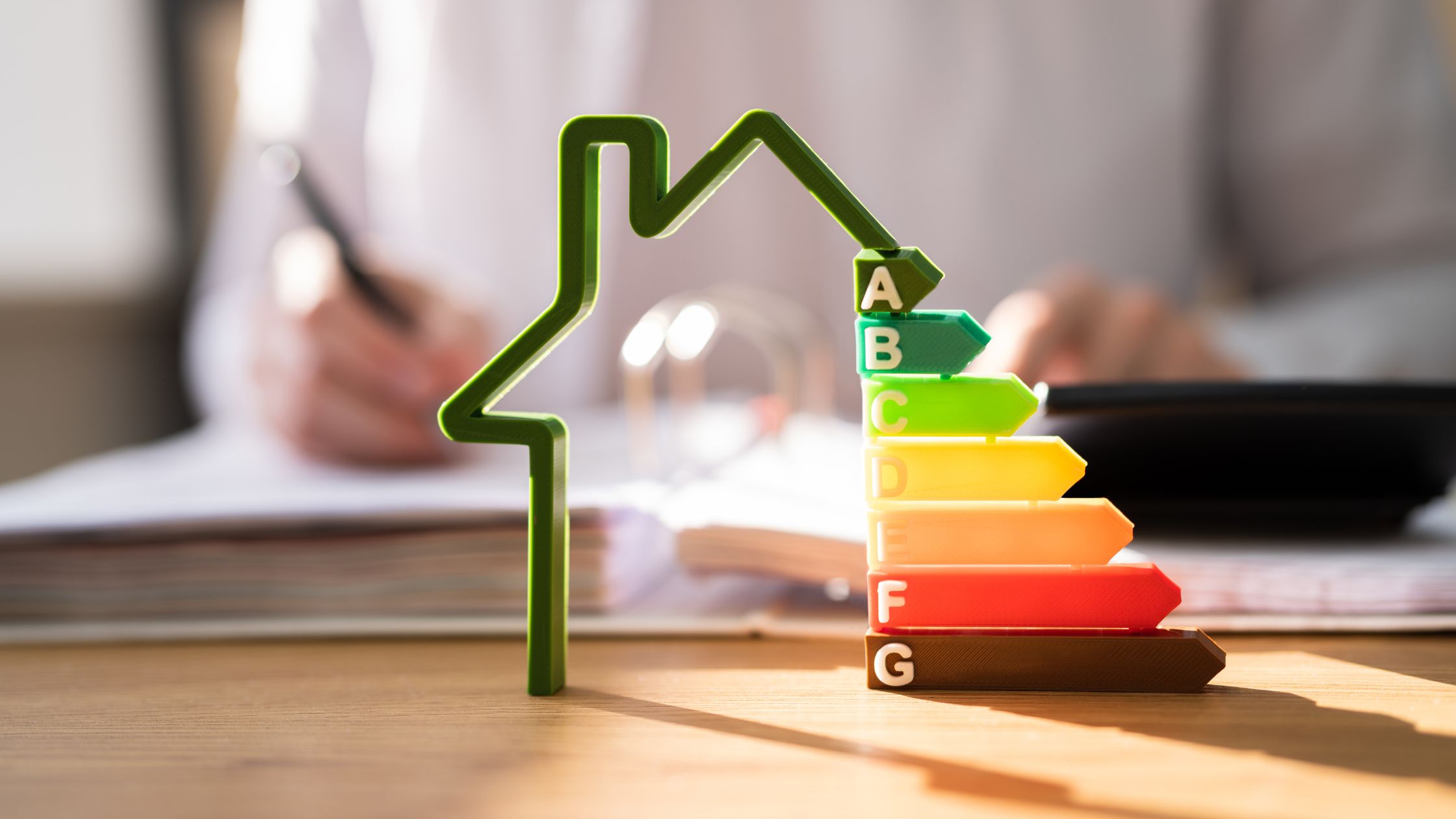The Relationship Between Roof Health and Energy Efficiency

Introduction:
The importance of a sturdy and well-maintained roof goes beyond just protecting our homes from the elements. While most homeowners focus on the aesthetic appeal and structural integrity of their roofs, there’s another critical aspect that often gets overlooked – energy efficiency. In this blog post, we will explore the intricate relationship between roof health and energy efficiency.
Insulation Matters
One of the key elements influencing energy efficiency is insulation, and the roof plays a pivotal role in this regard. Proper insulation helps regulate indoor temperature, reducing the need for excessive heating or cooling. If your roof has leaks or lacks adequate insulation, it can lead to energy wastage as the warm or cool air escapes, causing your HVAC system to work harder than necessary.
Investing in quality insulation materials and ensuring that your roof is properly sealed can create a more energy-efficient home. This not only helps in maintaining a comfortable living environment but also lowers your energy bills in the long run.
Cool Roof Technology
In recent years, advancements in roofing technology have given rise to what is known as “cool roofs.” These roofs are designed to reflect more sunlight and absorb less heat than traditional roofing materials. The reflective surfaces, often achieved through special coatings or reflective tiles, contribute to maintaining lower temperatures in the building, especially during hot summer months.
Cool roofs can significantly reduce the heat absorbed by your home, thus lowering the demand for air conditioning. This not only saves energy but also extends the lifespan of your cooling systems. Additionally, by reducing the urban heat island effect, cool roofs contribute to a more sustainable and eco-friendly community.
Ventilation and Air Circulation
Proper ventilation is another critical aspect of roof health that directly impacts energy efficiency. Adequate air circulation helps prevent the buildup of heat in your attic, reducing the strain on your cooling systems. Insufficient ventilation can lead to a “hot attic” scenario, where heat accumulates and radiates into the living spaces below.
Installing vents, such as ridge vents or attic fans, promotes air circulation, helping to maintain a balanced temperature throughout the entire house. This not only enhances energy efficiency but also prevents issues like moisture buildup, which can lead to mold and mildew problems.
Regular Maintenance for Longevity
Ensuring the longevity of your roof through regular maintenance not only protects your investment but also contributes to energy efficiency. Small issues, if left unattended, can escalate into major problems that compromise the effectiveness of your insulation and ventilation systems.
Regular inspections, cleaning, and prompt repairs are essential to keep your roof in optimal condition. This proactive approach not only helps you avoid costly repairs but also ensures that your home remains energy-efficient over the years.
Conclusion
The relationship between roof health and energy efficiency is undeniable, and homeowners need to prioritize both aspects for a sustainable and cost-effective living environment. Whether through proper insulation, cool roof technology, ventilation, or regular maintenance, taking proactive measures to enhance the health of your roof pays off in terms of energy savings and a reduced environmental footprint.
Investing in energy-efficient roofing solutions not only benefits individual homeowners but also contributes to broader sustainability goals. As we strive towards creating more eco-friendly homes, understanding and optimizing the relationship between roof health and energy efficiency is a crucial step in the right direction.

In Awe Roofing Limited is an Award-Winning, family owned and operated Vancouver Roofing Contractor with over 17 years of roofing experience. We serve the entire Lower Mainland area, from Whistler to Chilliwack, employing a team of professional staff members. Our team has won numerous awards including Best of Homestars for the last five years, and Three Best Rated six years in a row. Learn more






















